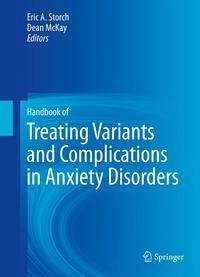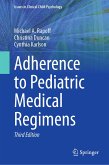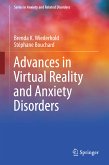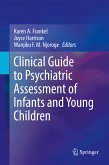This best-practices approach guides readers in choosing current evidence-based options for treatment that is tailored to the individual and effective in the short and long term. Key topics addressed in the Handbook include:
- Prognostic indicators of treatment response for children and adults with anxiety disorders.
- Treatment of comorbid anxiety and disruptive behavior in youth.
- Treatment of PTSD with comorbid borderline personality disorder.
- Limited motivation, patient-therapist mismatch, and the therapeutic alliance.
- Assessment and treatment of comorbid anorexia nervosa and obsessive compulsive disorder.
- Treatment of comorbid anxiety disorders across the lifespan.
Developed as a companion reference to the Handbook of Assessing Variants and Complications in Anxiety Disorders, the Handbook of Treating Variants and Complications in Anxiety Disorders is a must-have resource for researchers, scientist-practitioners, and graduate students in clinical child, school, and developmental psychology; social work;psychiatry; psychotherapy; counseling; and pediatrics.
Dieser Download kann aus rechtlichen Gründen nur mit Rechnungsadresse in A, B, BG, CY, CZ, D, DK, EW, E, FIN, F, GR, HR, H, IRL, I, LT, L, LR, M, NL, PL, P, R, S, SLO, SK ausgeliefert werden.









